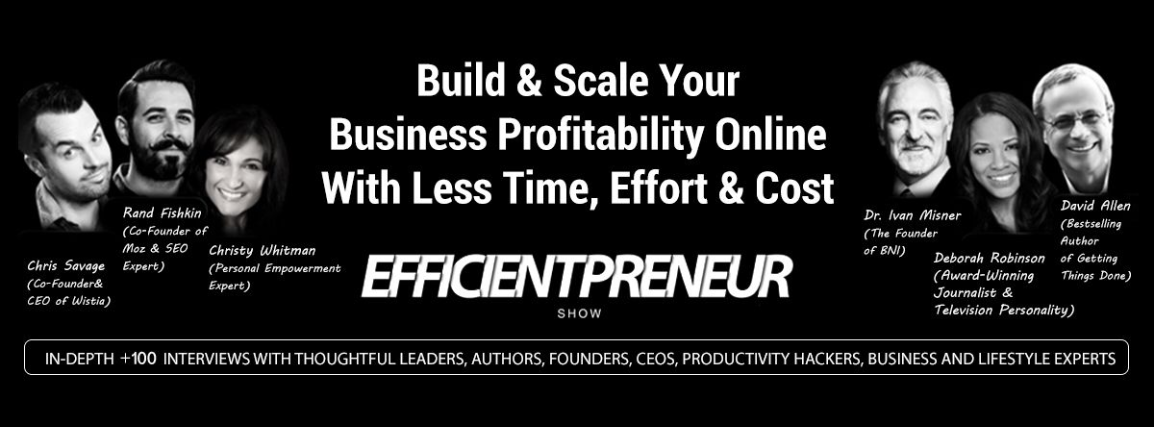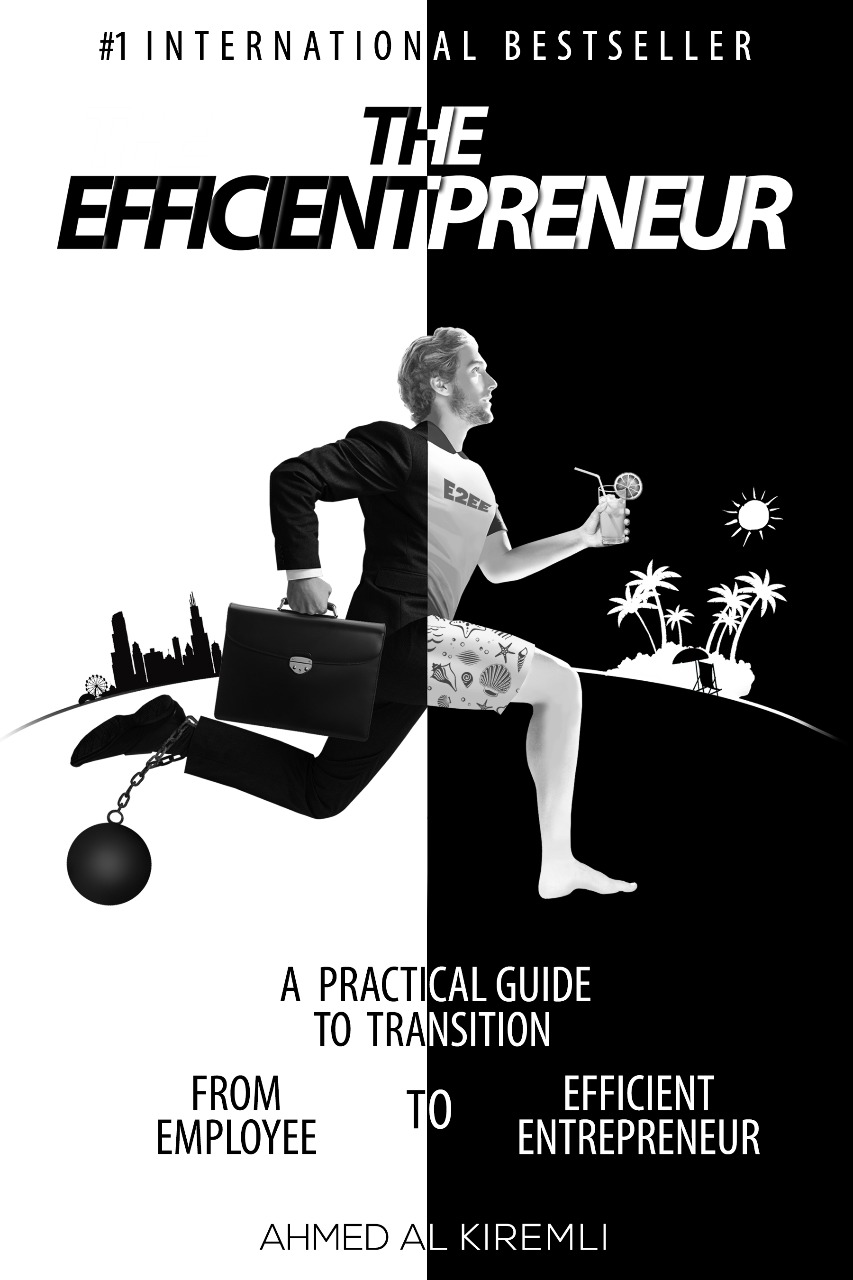Lynn W. Phillips, PhD
(Award-Winning Scholar, Executive Educator in Customer Value Delivery, Founder and Managing Director of Reinventures)
What are the main Aspects of Creating A Customer-Centric Enterprises, How to Measure the Customer-Centric Growth? How to Improve your Customer Value Proposition, Customer Satisfaction and Contracts Win Rate?
What is VDS? and What’s is DITLOC? Which University is the Best in the World for Entrepreneurs?
Video Interview
With English and Arabic Subtitle
Audio
Bio
Reinventures was founded by Dr. Lynn Phillips, a former faculty member (and award-winning teacher and scholar) at Stanford Business School for 12 years—in addition to having held faculty positions at Harvard, Northwestern, Rice, and UC Berkeley business schools. Now devoted entirely to executive education and implementation guidance, Dr. Phillips is widely recognized as the co-creator and developer of many of the essential customer-focus and value-delivery frameworks, concepts, tools, and disciplines that are EMPLOYED by leading companies worldwide to hone their competitive edge, reinvent their businesses, and drive sustained growth.
by leading companies worldwide to hone their competitive edge, reinvent their businesses, and drive sustained growth.
Dr. Lynn W. Phillips
A former award-winning teacher, scholar, and faculty member of the Stanford Business School for 12 years (as well as a faculty member at Harvard, Northwestern, Rice, and UC Berkeley), Dr. Lynn W. Phillips now devotes his full time to executive education and implementation guidance as the founder and principal of his firm, Reinventures. Dr. Phillips is widely recognized as the co-creator and developer of many of the essential customer-centric and value-delivery frameworks, concepts, tools, and disciplines that are employed by leading companies worldwide to hone their competitive edge, reinvent their businesses, and drive sustained growth. For over 30 years, he has been sought by businesses across the globe looking to employ his firm’s breakthrough day-in-the-life-of-the-customer protocols and methodologies in order to help them win large commercial and government contracts; catalyze game-changing innovation; expand globally; discover new uncontested market spaces and segments; align channel partner teams; leverage worldwide mega-trends; make the transition to Enterprise 2.0 technologies; and more.
Dr. Phillips’ Ph.D. is from Northwestern University.
Founder and MANAGING DIRECTOR of Reinventures, a boutique executive-education and implementation-guidance firm that specializes in helping businesses become more customer-centric.
of Reinventures, a boutique executive-education and implementation-guidance firm that specializes in helping businesses become more customer-centric.
Dr. Phillips and his firm are known for their breakthrough work in helping business teams from forward-thinking enterprises to choose winning customer value propositions; then architect and systematically execute a designed value delivery system to deliver them profitably. These methodologies and protocols, now the de facto standard deployed by countless leading-edge companies and practitioners, help business teams to “become” their targeted customer communities by “spending a day in their life,” thereby gaining an imaginative understanding of their unmet needs, transcending what the customers could envision on their own.
A former faculty member at Stanford Business School for 12 years, Dr. Phillips has also held faculty positions at Harvard, Northwestern, Rice, and UC Berkeley business schools. Today, Dr. Phillips is a member of the Global Faculty of Duke CORPORATE Education (Duke CE), ranked Number 1 in the world by Financial Times for the last ten years in a row.
Education (Duke CE), ranked Number 1 in the world by Financial Times for the last ten years in a row.
More than 100,000 executives worldwide have attended live and web-based seminars and workshops led by Dr. Phillips, frequently hailing them as offering some of the most powerful sets of business frameworks and tools on customer-centric management and business reinvention they have yet encountered. Dr. Phillips is widely published in numerous refereed journals spanning a broad diversity of professional disciplines including marketing, social psychology, sociology, ADMINISTRATIVE science, business economics, consumer affairs, and public policy, and is a frequent guest speaker at industry conferences.
science, business economics, consumer affairs, and public policy, and is a frequent guest speaker at industry conferences.
Specialties:Winning big CONTRACTS , catalyzing innovation, global expansion, discovering new markets, improving existing business model performance, keeping ahead of change, optimizing marketing efforts and aligning channel teams
, catalyzing innovation, global expansion, discovering new markets, improving existing business model performance, keeping ahead of change, optimizing marketing efforts and aligning channel teams
Websites & Social Media Links
https://www.linkedin.com/pub/lynn-w-phillips-phd/10/18a/632
Interview Questions
- You never planned to be a professor, please take us through your interesting journey and background?
- Please tell us about your Indian Heritage?
- How did you fight the Leukemia in 2006/
- Did you start any other entrepreneurial venture other than your consultancy COMPANY
 or you wanted to focus only on teaching and consulting?
or you wanted to focus only on teaching and consulting? - You worked in many top level universities like Harvard and Stanford, from your perspective what are the best entrepreneurial universities in the world?
- What are the main aspects of creating a creating customer-centric enterprises?
- What are the major tools (best practices and tool sets is better than major tools) that any COMPANY
 should use to develop a customer and market focus enterprise?
should use to develop a customer and market focus enterprise? - From where you usually start when you decide to design a customer centric company?
- How to measure the customer-centric growth?
- Is creating a customer centric service or company the main factor to sustain growth in the information age?
- What are the questions that any business should answer to commit a customer value proposition?
- What is VDS?
- What’s is DITLOC?
- How do you engage with the clients you serve and what’s a typical engagement like and how long does it last?
- You have worked with many small, medium and big size multinational companies, which of companies that you have worked with provide the best customer experience?
- You help companies win big contracts, is that by focusing on the customer service and experience or you focus as well on sales and MARKETING STRATEGIES
 ?
? - In plain English what’s Enterprise 2.0?
- Please take us through the Reinventures’ seven-phase engagement model? And within how long in average this model can be implemented?
- At what point you think Apple started understanding the game of being more customer centric company than Microsoft and started changing that in its advertising campaigns?
- We spoke about the different characters of some leaders during your visit to Dubai, who’s were the most interesting for you and why?
- Tell us more about your other projects that you are currently working on or planning for the future?
- What’s your daily life and WORK
 routine looks like?
routine looks like? - What are your other hobbies?
- Who’s your no.1 mentor?
- The most important factors for success in 3 words?
- What are the habits that you are trying to develop to stay efficient?
- What are your top 3 favorite books?
- What are the top 3 people that you are inspired by?
- Do you listen to any music when you WORK
 ?
? - Do you follow any routine to sleep?
- What makes you really happy?
- How people can contact you?


